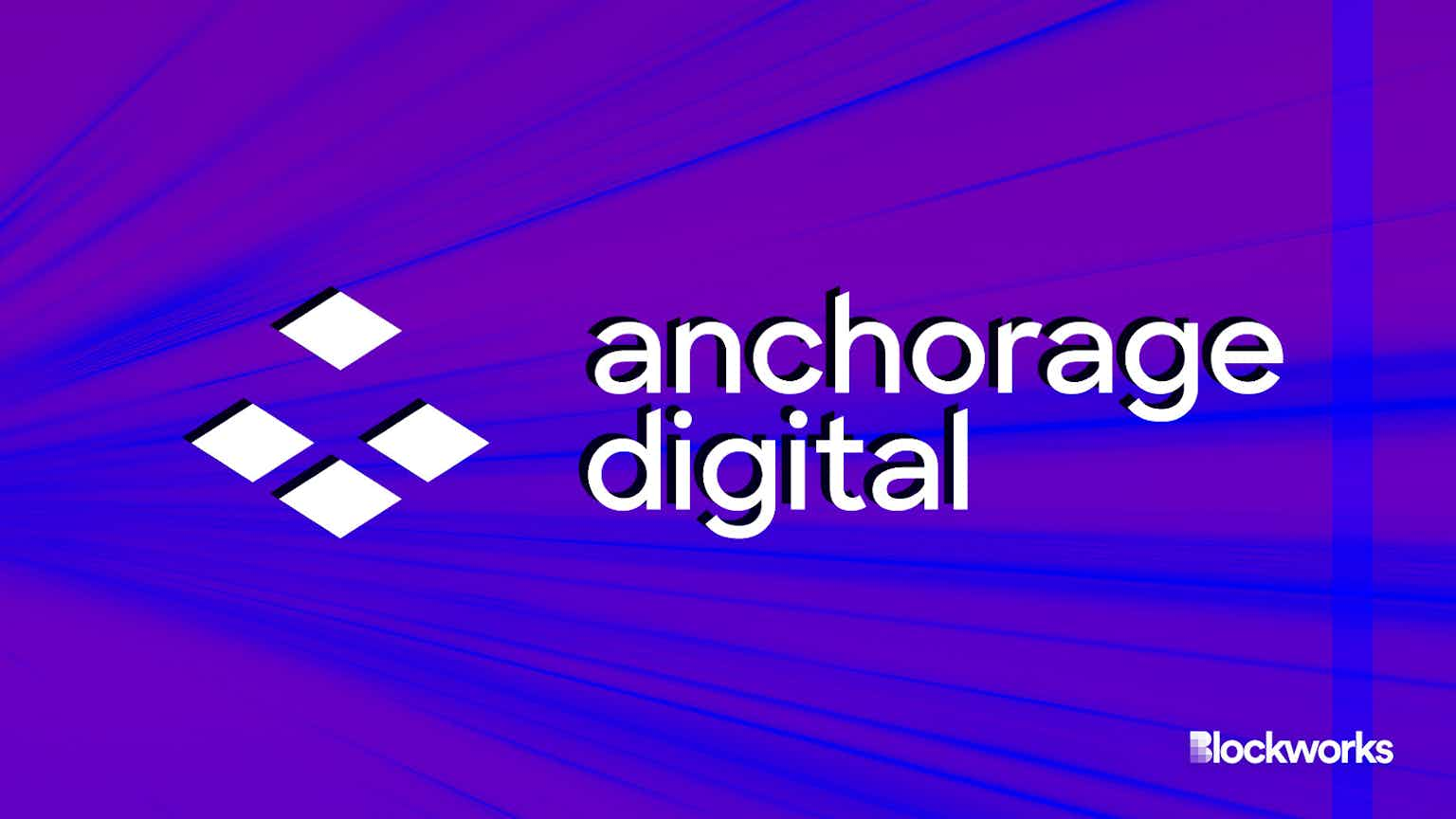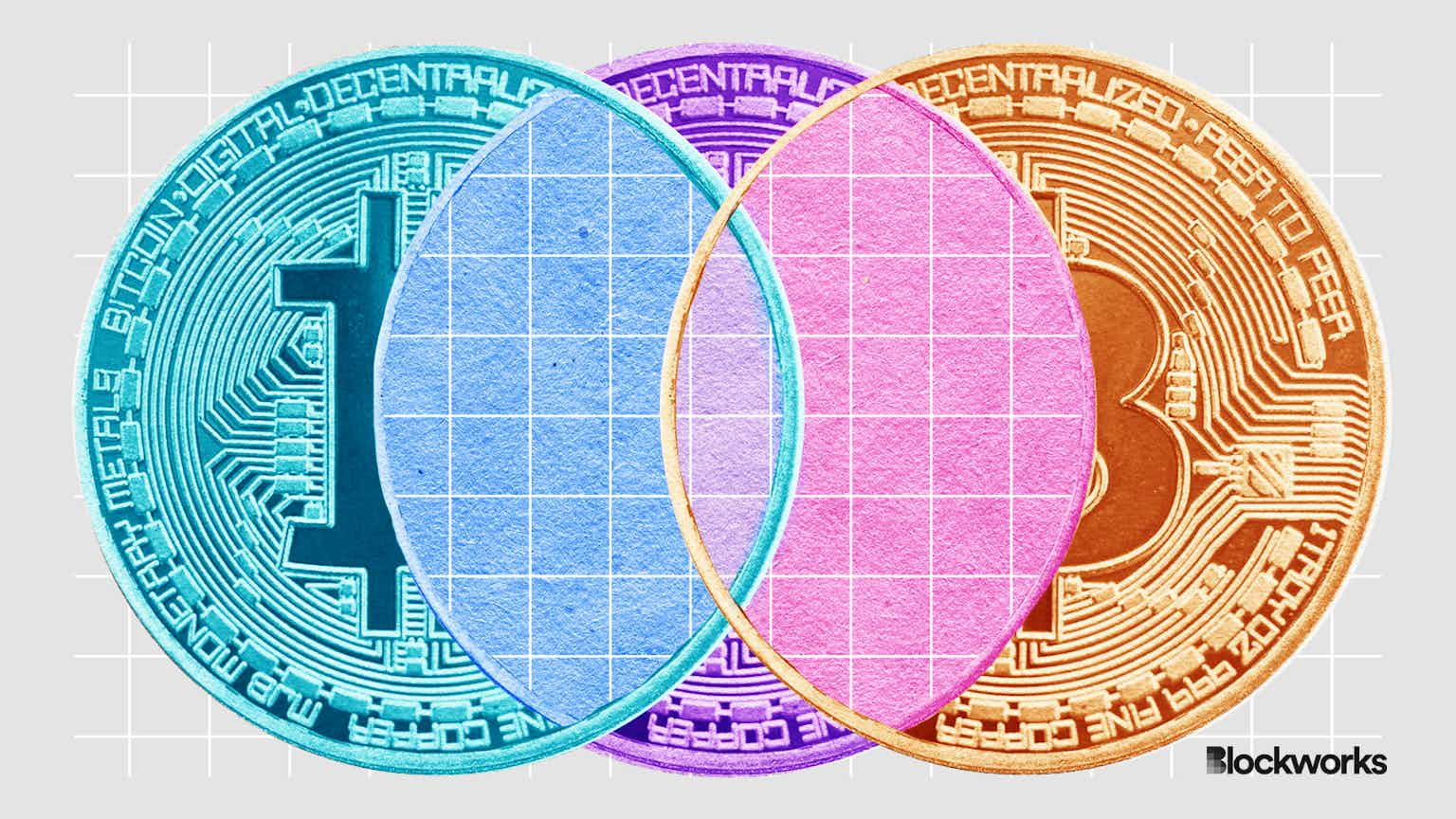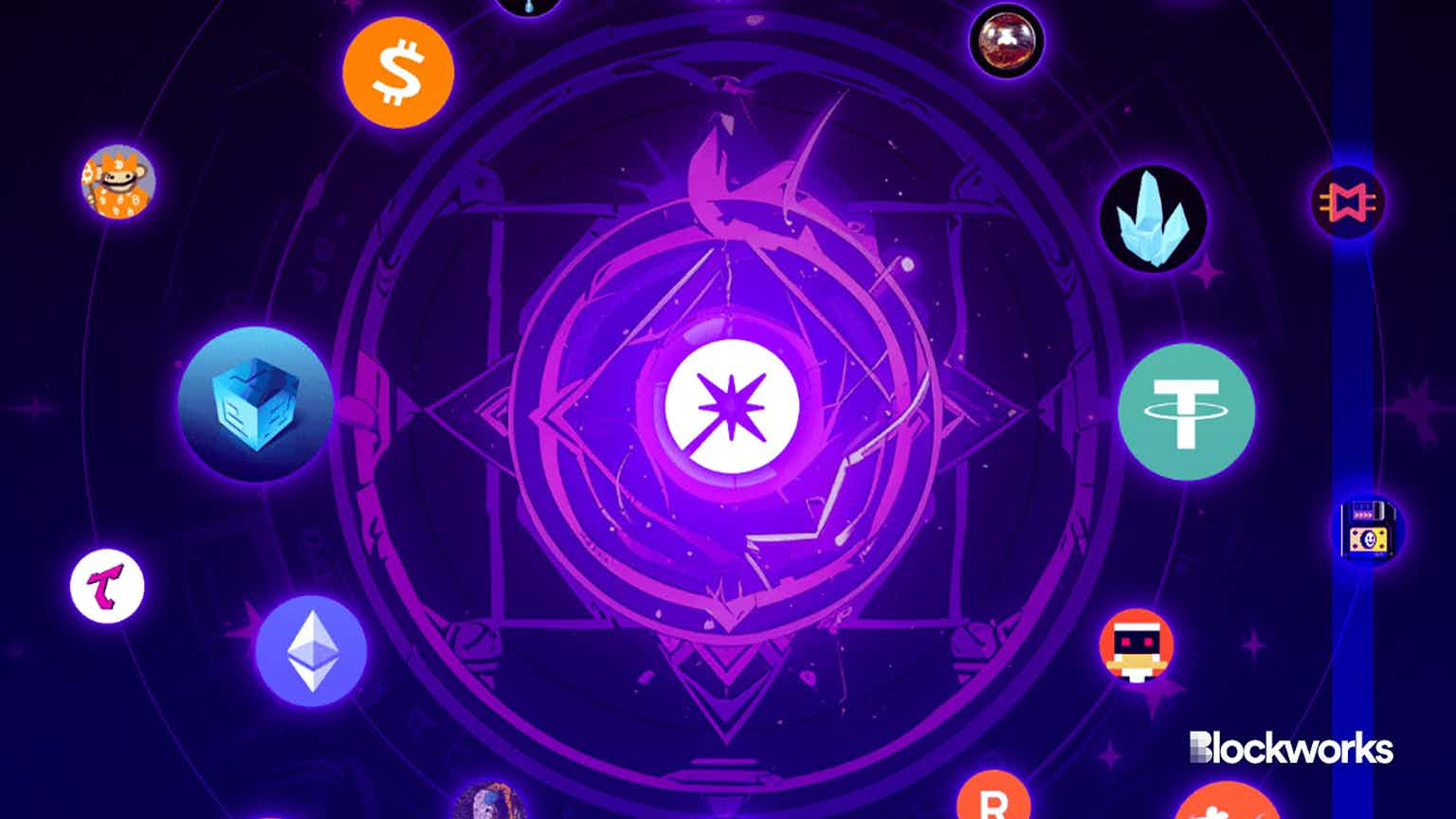NEAR Nixes Algorithmic Stablecoin USN
A non-profit funding the NEAR protocol to use $40 million to protect USN investors after it became undercollateralized

NEAR foundation
key takeaways
- USN became “susceptible to undercollateralization during extreme market conditions,” NEAR said
- The situation will make it hard for projects to maintain long-term interest in their algorithmic stablecoins, a crypto exec said
NEAR Protocol is attempting to avoid another Terra-like situation.
The protocol’s native stablecoin USN, which had a trading volume of $9.7 million in the last 24 hours, is gradually winding down due to risks of undercollateralization, NEAR said in a statement on Monday.
NEAR is a blockchain project that seeks to rival layer-1 protocols including Solana and Ethereum. It launched its own algorithmic stablecoin, issued by Decentral Bank (DCB), in April.
But after the stunning collapse of Terraform Labs’ stablecoin TerraUSD (UST) in May, which wiped out more than $200 billion in the space, NEAR’s native-stable coin was made to transition to a non-algorithmic version backed by Tether (USDT) tokens, owing to potential risks.
Since USN was originally an algorithmic stablecoin, it became prone to undercollateralization during extreme market conditions, according to Decentral Bank. A separate double-minting issue also contributed to the undercollateralization, meaning there wasn’t sufficient collateral to back the token.
NEAR to use $40 million to protect investors affected by USN shutdown
The NEAR Foundation pegged the known collateral gap at $40 million, saying the imbalance “cannot expand further assuming DCB burns/destroys all the double-minted USN and promptly winds down the project in an orderly manner.”
It clarified that the gap is not associated with its native token NEAR, which provides utility within the protocol, and set aside $40 million in fiat currency to fund a “USN Protection Programme.”
Rough times for algorithmic stablecoins
Most stablecoins are backed by an asset like fiat currency or physical assets like gold. But algorithmic stablecoins aren’t backed by external assets, rather they rely on specific instructions to help the coin maintain its peg. Similarly, UST was not backed by the US dollar, instead using financial engineering with sister token LUNA to maintain its links to the dollar.
Jamie Thomson, CEO of NFT gaming studio Vulcan Forged, pointed out the disadvantages of algorithmic stablecoins: the lack of real asset backing means price stability isn’t guaranteed.
“People were skeptical of algorithmic stablecoins after TerraUSD crashed, but now that NEAR protocol has closed its stablecoin, they have more evidence,” he told Blockworks via email.
“Where there are market movements traders could get profits, but it’s clear it will be now even harder for projects to maintain long-term interest in their algorithmic stablecoins,” Thomson added.
Although the NEAR Foundation believes its collateral gap can be contained, concerns over the future of stablecoins remain.
NEAR Foundation didn’t return Blockworks’ request for comment by press time.
Even one sign of weakness or a systemic issue is enough for a large-scale loss of trust, according to Simon Schaber, the chief business development officer at Spool.
Despite concerns over their critical characteristics, Beanstalk is among the algorithmic stablecoins still standing. The Ethereum-based stablecoin protocol suffered a $180 million exploit in April, but resumed services four months later.
“Beanstalk uses a different mechanism than USN to create price stability. Bean, the stablecoin issued by Beanstalk, is backed by credit rather than any form of collateral,” a spokesperson told Blockworks.
This report was updated on Oct. 26 at 8:33 am ET to include Beanstalk’s comment.
Start your day with top crypto insights from David Canellis and Katherine Ross. Subscribe to the Empire newsletter.





